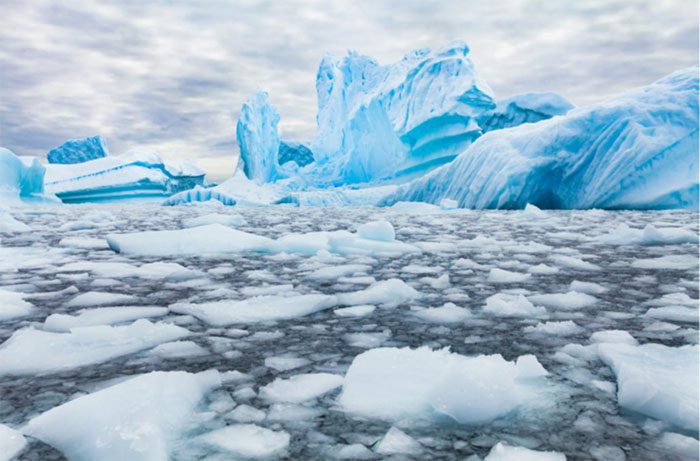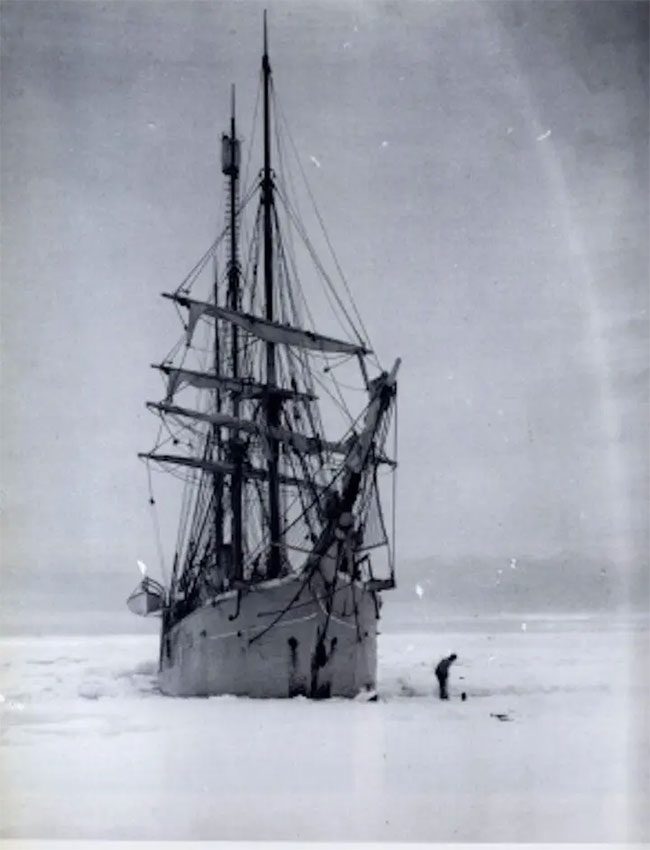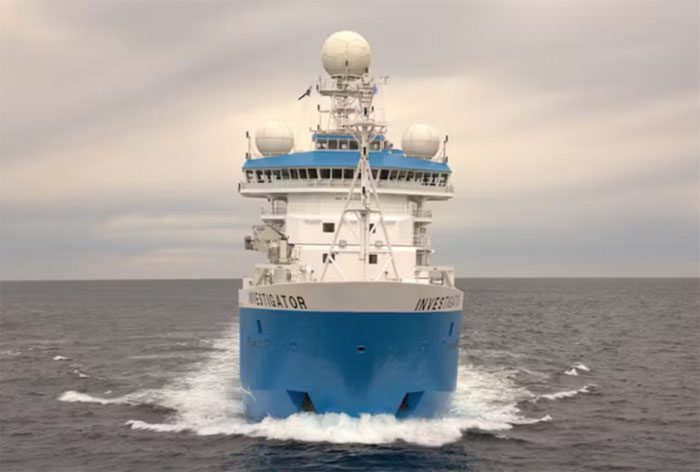According to experts writing for The Conversation, today, the deep waters at the poles are warming as the oceans absorb almost all of the excess heat on Earth from burning fossil fuels. “The seemingly invulnerable ice sheet in Antarctica is melting from below,” the article notes.
Reflecting on Over 100 Years Ago
In 1897, the RV Belgica (once a whaling ship) departed from Antwerp, Belgium, heading south. This was the first voyage of the “heroic age” of Antarctic exploration. However, the journey did not go as planned.
After a six-month journey, they began to encounter sea ice. The ship was stuck in ice for one or two days on several occasions. One crew member fell overboard and got lost in the icy waters. Yet, the team continued to take measurements as they moved. Expedition leader Adrien de Gerlache documented the process as follows:
“At noon, we conducted soundings of the deep sea, with a series of temperatures at various depths. We dropped a 560-meter line and brought back a block of blue clay. The surface water temperature was freezing and a bit warmer below.”
Their discovery of warm deep waters was significant. Since then, it has been referred to as “polar deep water.”

Today, deep waters at the poles are warming as the oceans absorb almost all the excess heat on Earth from burning fossil fuels. (Illustrative image)
In 1897-1898, the might of the ice was still formidable. The RV Belgica expedition frequently got stuck in thick ice, with members enduring months of winter, cold, and darkness. The harsh cold was such that they often wrote their wills before going to sleep. It was not until January 1899, after several attempts to blast through the ice, that they finally freed the ship to return home.
Scientists today, comparing data with what the RV Belgica team discovered many years ago, have gleaned invaluable information.
Ice Decreasing by 12% Each Decade
If the RV Belgica were in the same location in the Bellingshausen Sea off the Antarctic Peninsula in 2023, instead of 1897, the story would be very different.
In the past 126 years, humanity has contributed to changing Earth’s climate. Fossil fuels have provided us with more energy but have also caused unpredictable consequences – burning these fuels releases carbon dioxide and other gases that have long been buried into the atmosphere. These gases amplify the natural greenhouse effect that prevents Earth from freezing. Almost all the heat retained by human activities has gone into the oceans.
As a result, to the north, Arctic sea ice has been disappearing since the 1970s, decreasing by about 12% each decade.

A ship that was stuck in ice for over a year.
Antarctic sea ice has lasted longer. A ship like the Belgica could still be trapped in sea ice as late as 2015. But that’s no longer the case. In the past eight years, Antarctic sea ice has begun to melt significantly, and in the last three years, this melting has accelerated. New research now shows that Antarctic sea ice has experienced a “sudden transition.”
As of March 2023, the waters once traversed by the RV Belgica are devoid of cracked ice. There was virtually no ice in the Bellingshausen Sea from February to April.
In early 2024, the RV Investigator, an Australian research vessel, traveled 12,000 kilometers from Hobart to the Antarctic coast and back to Fremantle. The shocking aspect was how easily this journey was made.
When sea ice was thickest, even modern ships struggled to navigate. But on this trip, scientists aboard collected a vast amount of data from the dark oceans that would have been covered by thick sea ice.

In 2024, a ship reaching Antarctica faced almost no obstacles.
“Doomsday Glacier”
On the icy continent, climate change has long been causing concerning changes.
The Antarctic Peninsula – the long tail closest to South America, where most cruise ships dock – is starting to turn green. Algae are growing more on the snow, while two native flowering plant species, Antarctic pearlwort and Antarctic hair grass, are also expanding their ranges on the islands.
In the 19th century, reaching Antarctica was a perilous journey, pushing human endurance to its limits. But as sea ice recedes, cruise ships making the journey from ports in Argentina and Chile to the polar region are becoming increasingly easier. The number of tourists on this route has increased tenfold since the 1990s, especially surging in the past two years.
The icy continent has long been protected by the cold, swift waters of the surrounding oceans. But now, heat is being transmitted into this area through water rather than air. The Antarctic Circumpolar Current is accelerating, and warmer water is flooding into these icy seas. Antarctic sea ice is being “eroded” from within.
This means that the so-called “Doomsday Glacier” is at risk. Thwaites Glacier, the size of the UK, contains enough water to raise sea levels by 60 centimeters. But the real threat lies behind Thwaites. This glacier acts as a dam, holding back much larger glaciers from flowing into the ocean. If this happens, sea levels will rise rapidly.
Antarctica has long been where humans found their limits. Enduring the cold, endless darkness, and drifting helplessly in the ice, the Belgica crew found themselves.
“More than a century later, we see that ice also has its limits,” the experts write.


















































